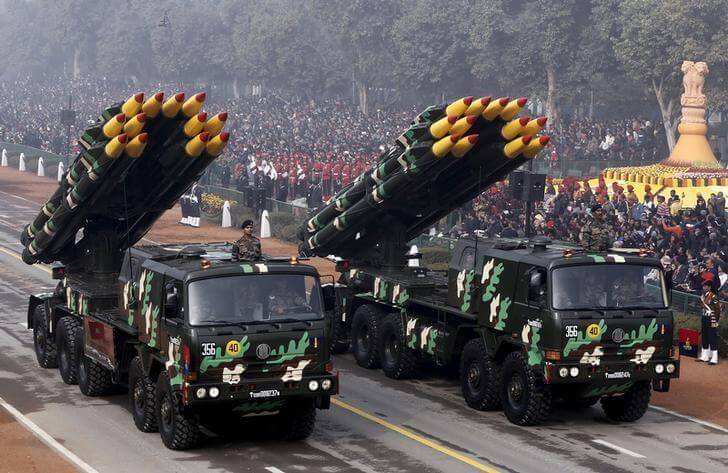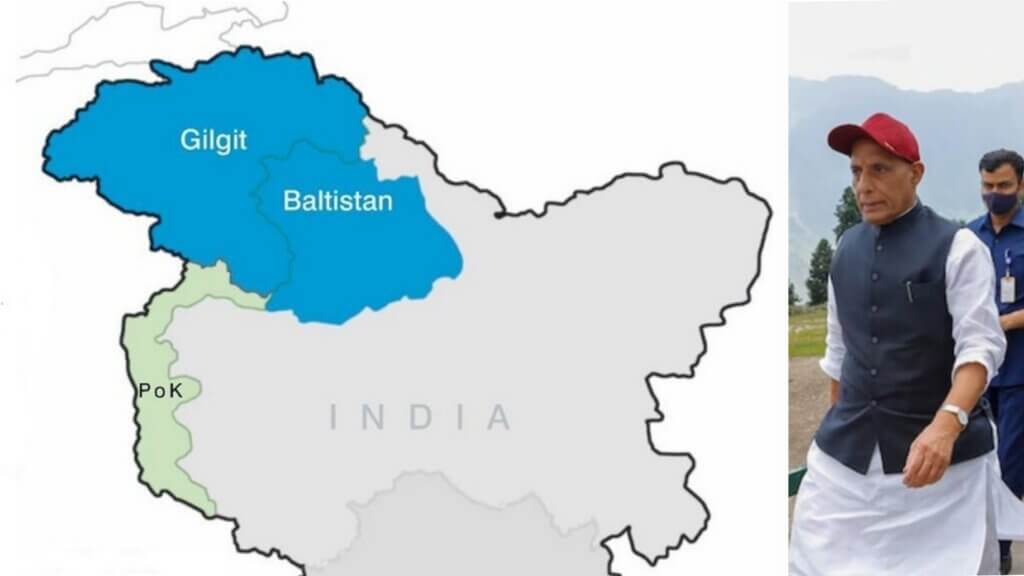India’s claim over Gilgit-Baltistan India Claim is a core part of its territorial stance in Pakistan-occupied Kashmir (PoK).
While reclaiming it militarily is highly risky, India continues to press its claim through a mix of strategic, diplomatic, and local efforts. This article explains the current steps India is taking, practical options, and a realistic roadmap for the long term.
What India Is Doing Now (Current Steps)
Strong political rhetoric and public claims
Indian leaders consistent assert the Gilgit-Baltistan India claim publicly.This keeps the issue visible domestically and internationally, reinforcing India’s narrative in global forums.
Limited military action and pressure
India has carried out targeted operations, such as surgical strikes, along the LoC to degrade terror infrastructure while avoiding full-scale conflict. These efforts aim to demonstrate capacity and maintain deterrence without escalating into war.

Diplomatic outreach and global messaging
India actively informs international allies and platforms about terrorism emanating from Pakistan and highlights governance issues in Gilgit-Baltistan. This strategy seeks to diplomatically isolate Pakistan and bolster global support for India’s claim.
Border readiness and infrastructure build-up
India continues to strengthen border roads, surveillance systems, and troop logistics. Such measures increase operational flexibility and enhance deterrence along vulnerable sectors.
Highlighting local unrest inside Gilgit-Baltistan
India draws attention to protests and local discontent in Gilgit-Baltistan to question Pakistan’s legitimacy. Amplifying local grievances can create internal pressure that undermines Pakistan’s control.
Practical Options India Can Pursuit
Note: Full-scale military occupation is not feasible due to nuclear risks, potential insurgency, and global implications. Non-invasion tactics are more realistic.

Diplomatic and legal pressure
India can sustain a global campaign at the UN, parliaments, and human-rights to highlight the Gilgit-Baltistan India claim. Evidence-based advocacy increases diplomatic costs for Pakistan.
Support for local populations
Through soft-power measures like information campaigns, India can amplify local grievances. Supporting non-violent autonomy movements strengthens India’s position without military escalation.
Economic and lawful non-kinetic pressure.
Legal economic measures, investor outreach, and trade leverage can raise the internal cost for Pakistan to hold Gilgit-Baltistan. Intelligence operations can supplement this strategy in a lawful manner.
Calibrated military deterrence
India maintains credible capability for targeted strikes and robust border preparedness. This ensures Pakistan cannot exploit the region without facing consequences.
Use of international law and historical claims.
Historical maps, administrative records, and UN resolutions consistently presented in global forums reinforce the Gilgit-Baltistan India claim. Symbolic and legal continuity strengthens India’s narrative.
What’s Feasible—And What Isn’t
Full military takeover: Practability is low due to nuclear escalation, insurgency risk, and international isolation.
Voluntary Pakistani handover: Unlikely without serious internal collapse or sustained international pressure.
Realistic approach: Political-diplomatic isolation, local mobilization, and sustained pressure on proxy networks are the most viable strategies.

Recommended 5-Step Roadmap
- Intense global diplomatic outreach with evidence-based messaging at the UN, EU, and parliaments.
- Support local civil society and non-violent autonomy movements in Gilgit Baltistan.
- Maintain calibrated military deterrence to prevent exploitation while avoiding escalation.
- Apply economic and intelligence pressure to increase Pakistan’s internal costs of control.
- Prepare an administrative and integration plan for governance, development, and security if circumstances permit.
Conclusion
India actively pursues the Gilgit-Baltistan India claims through a combination of rhetoric, limited military pressure, diplomacy, and local engagement.
Given the high risks of full military reclamation—including nuclear escalation, insurgency, and international backlash—a long-term, multi-pronged strategy remains the most practical and sustainable path ahead.



